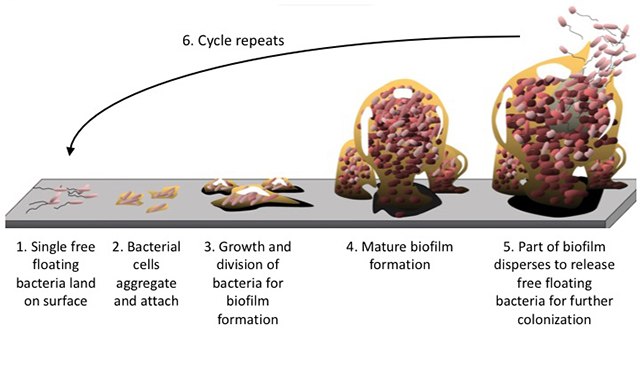Researchers in the US have found a way to convert methane from geysers into 3D printing materials. In a joint project between Montana State University, South Dakota School of Mines and Technology and the University of Oklahoma, researchers believe they can transform this greenhouse gas using special bacteria called methanotrophs.
“What we are intending to do is understand their metabolism better, understand how they form biofilms slime,” said Montana State professor Robin Gerlach. “Once we know how these organisms work we can hopefully assemble them in a way that is most productive.”
The researchers hope to utilise the bacteria’s ability to metabolise the gas into biofilm. By arranging the bacteria into a desired shape, they can grow the materials similar to how bioengineers produce artificial tissue. The team is currently working towards a light-reactive version that can be used in SLA printers. This opens up many doors since microbes are very reactive towards light.
Being a greenhouse gas, methane traps radiation within the atmosphere. While it constitutes a small portion of all emissions it is a significant material. Methane accounts for capturing 20% of the radiation trapped in the atmosphere. The researchers plan to use geysers at Yellowstone national park and the Sanford underground research facility as sources. They first need to understand how the bacteria metabolises these compounds. Once this is complete, the researchers can get the bacteria to react to various other compounds.
This research plays a crucial role in the growing field of sustainable printing materials. Since it uses a source of environmental degradation to produce print material, it can hold the key to reversing damage to the ecosystem. The research is still in its preliminary phase but its findings are monumental. We’ll have to see how it develops further.
Featured image shows life cycle of a bacterial biofilm. Image by Guanghong Zeng.









